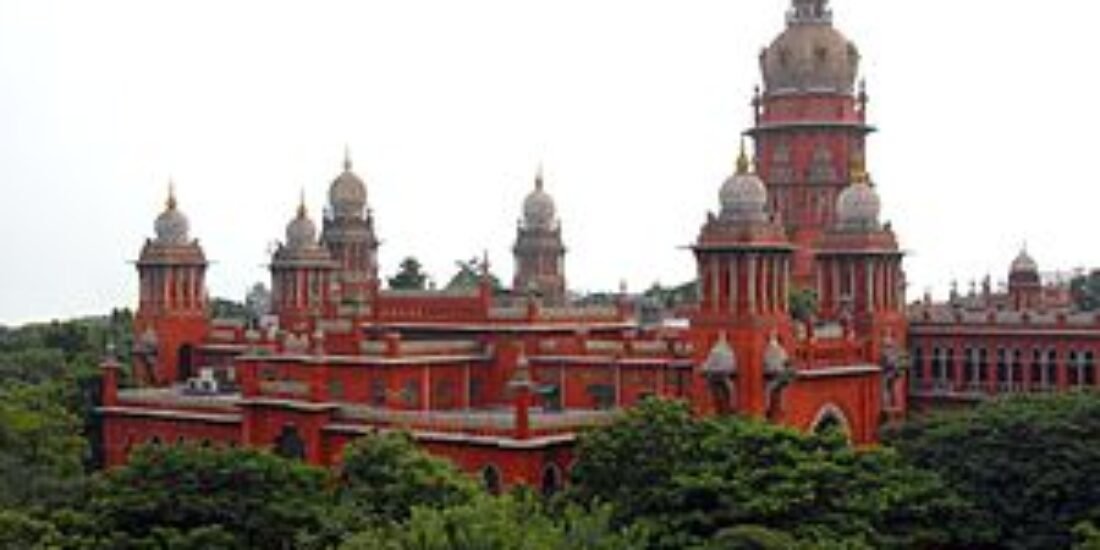Indo-Saracenic architecture, also known as Indo-Saracenic Revival, is a style that emerged during the British colonial period in India and represents a blend of Indian, Islamic, and European architectural elements. Here are some notable structures that exemplify this architectural style, both in India and internationally:
In India:
- Victoria Terminus (Chhatrapati Shivaji Maharaj Terminus), Mumbai
- Architect: Frederick William Stevens
- Features: A landmark railway station in Mumbai, it combines Gothic Revival architecture with Indian elements like domes, arches, and intricate carvings. It’s renowned for its detailed facade and majestic clock tower.
- The Gateway of India, Mumbai
- Architect: George Wittet
- Features: Built to commemorate the visit of King George V and Queen Mary to India, it blends Hindu and Muslim architectural styles with a large, arched structure and decorative motifs.
- Rashtrapati Bhavan, New Delhi
- Architect: Edwin Lutyens
- Features: The official residence of the President of India, it combines elements of classical European architecture with Indian styles, such as domes and columns. The vast central dome is particularly prominent.
- The Taj Mahal Palace Hotel, Mumbai
- Architects: W.A. Chambers (chief architect) and others
- Features: This iconic hotel blends Moorish, Indian, and European architectural styles, with its distinctive red domes and arches.
- The Madras High Court, Chennai
- Architect: J.W. D’Monstra
- Features: A grand example of Indo-Saracenic architecture, featuring a mix of Gothic and Indian elements with its imposing facade and ornate detailing.
- The University of Mumbai, Mumbai
- Architect: Sir George Gilbert Scott
- Features: This university building incorporates Gothic Revival and Indian architectural features, including intricate detailing and a grand entrance.
- Hawa Mahal, Jaipur
- Architect: Lal Chand Ustad
- Features: While primarily an example of Rajput architecture, its latticework and ornamentation reflect Indo-Saracenic influences.
Outside India:
- The Sultan Ahmed Mosque (Blue Mosque), Istanbul
- Architect: Sedefkar Mehmed Agha
- Features: While not Indo-Saracenic in origin, its influence can be seen in how it inspired some Indo-Saracenic elements in Indian architecture due to its grand scale and ornate design.
- The Aligarh Muslim University, Aligarh
- Architect: Sir Syed Ahmad Khan
- Features: While primarily an Indian example, its influences are seen globally due to its educational and architectural impact.
- The Victoria Memorial, Kolkata
- Architect: William Emerson
- Features: A grand monument built in memory of Queen Victoria, it combines elements of classical European and Indian architectural styles, including domes, arches, and columns.
- Raffles Hotel, Singapore
- Architect: Reginald Theodore Strickland
- Features: This colonial-era hotel integrates European and local architectural elements, with influences from Indo-Saracenic styles in its decorative details and overall grandeur.
These structures illustrate the Indo-Saracenic style’s unique ability to blend diverse architectural traditions, creating grand and distinctive buildings that reflect a rich historical and cultural synthesis.

